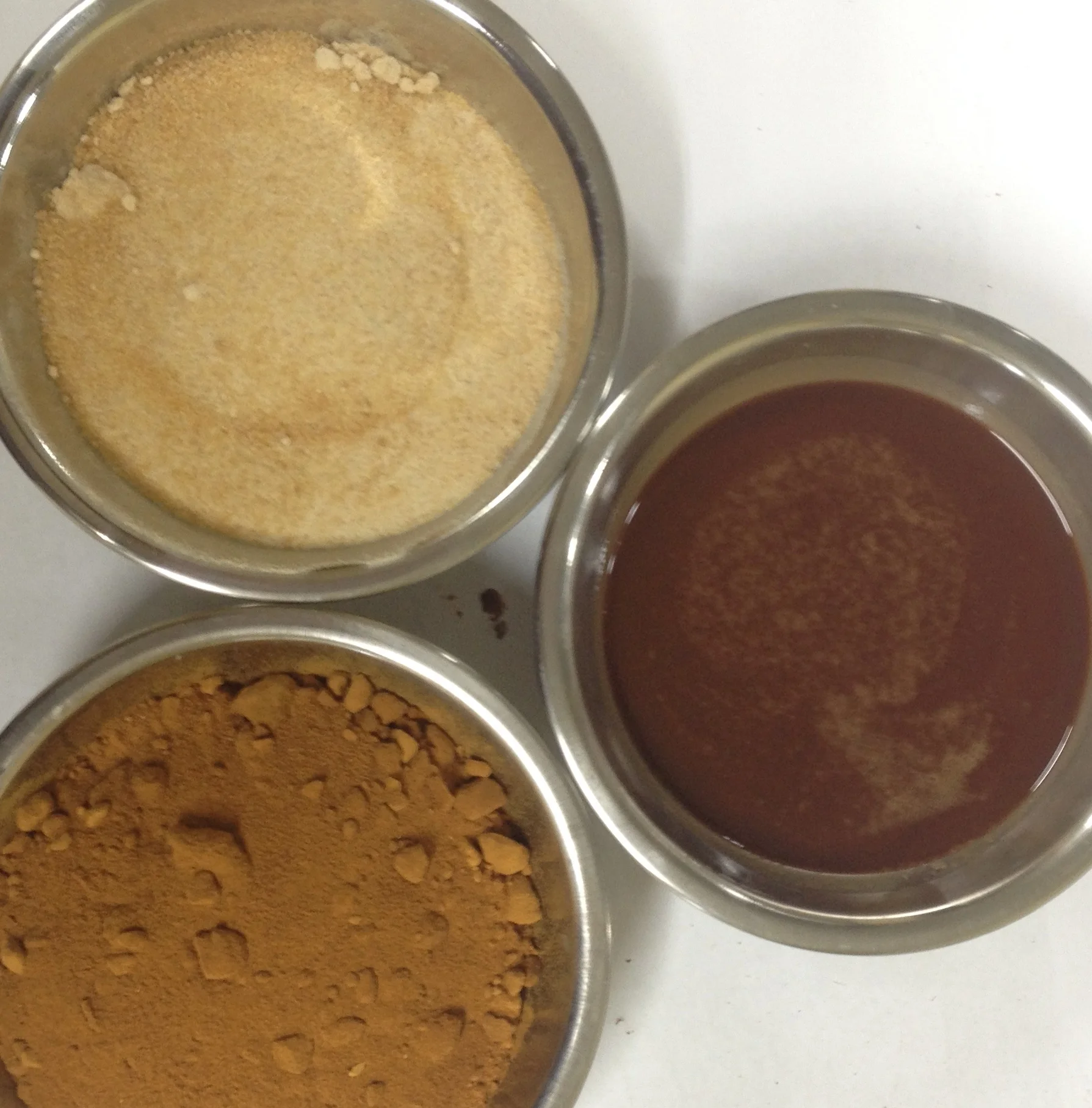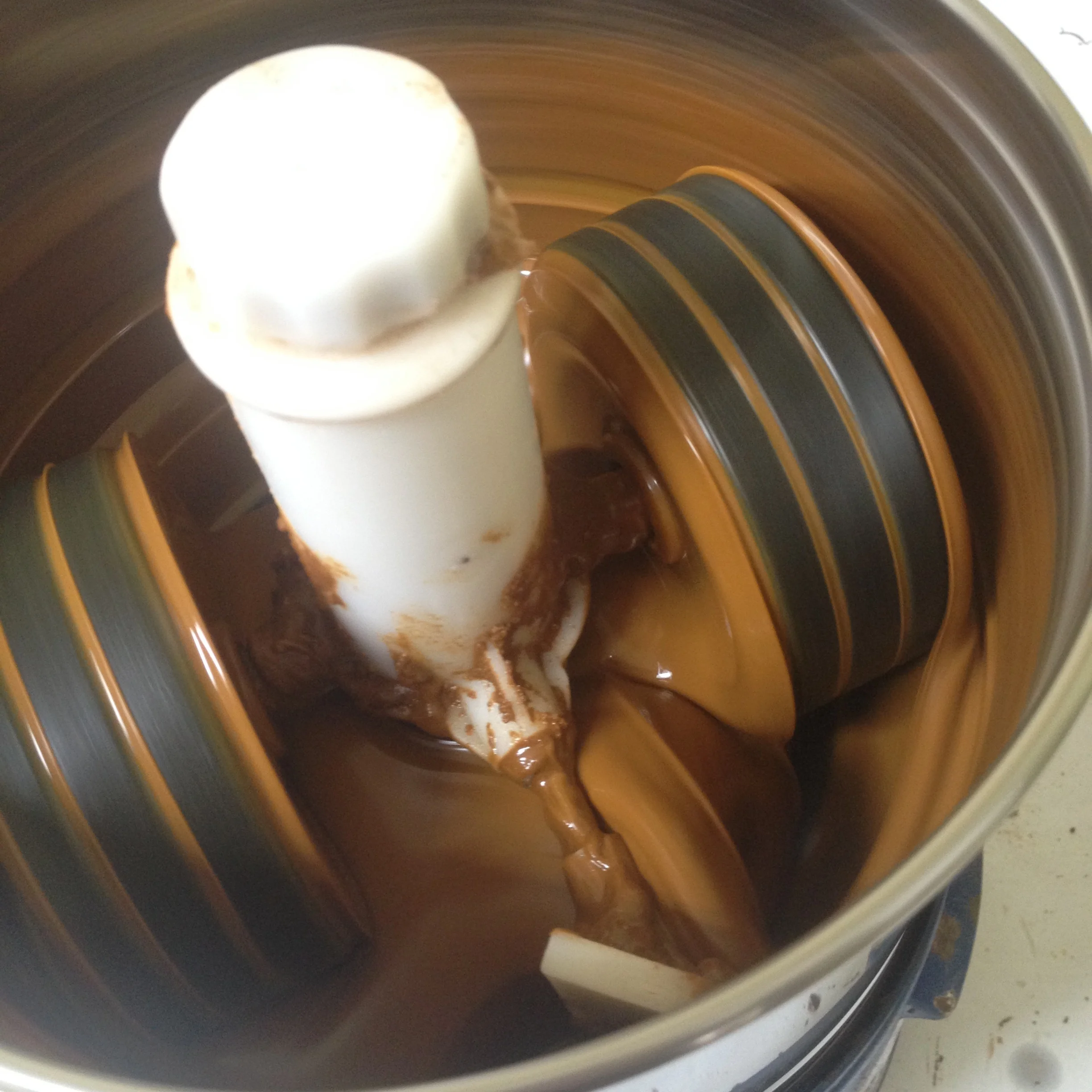Level: Apprentice/Alchemist
Reading Time: 8 minutes
I have heard about caramelized white chocolate and it sounds like an easy thing to accomplish at home. Have you tried this, and if so what procedure do you recommend? Sounds like it could be made in the melanger, then transferred to an oven to caramelize, and then cooled and tempered as usual. Or would it make sense to mix sugar with heated cocoa butter, caramelize that, and then put in the melanger, adding the milk powder later? Not sure what the caramelization process would do to the milk powder.
https://www.eater.com/2018/2/9/16964544/caramelized-white-chocolate-valrhona-dulcey-starbucks-hersheys
Yes, I have heard of this, tried it, and made a couple of my own variation of it.
Out of the gate, let’s clear up one glaring misconception. What you are talking about has not been caramelized. I’m not the first to point this out. Even the link you gave points out that the color and flavors come from Maillard reactions not caramelization reactions.
They are both browning reactions but they occur at radically different temperatures and with different compounds.
To pull right from Wikipedia
Caramelization is the browning of sugar, a process used extensively in cooking for the resulting sweet nutty flavor and brown color. The brown colours are produced by three groups of polymers: caramelans (C24H36O18), caramelens (C36H50O25), and caramelins (C125H188O80). As the process occurs, volatile chemicals such as diacetyl are released, producing the characteristic caramel flavor.[1]
Like the Maillard reaction, caramelization is a type of non-enzymatic browning. However, unlike the Maillard reaction, caramelization is pyrolytic, as opposed to being a reaction with amino acids.
That last part (pyrolytic) means that a chemical degradation is occurring most notably due to heat. That is the key to telling browning Maillard reactions from browning caramelization reactions. The lower temperature limit for Maillard reasctions is not well defined but given enough time it can occur at room temperature and pretty readily under 200 F. In contrast glucose and fructose don’t caramelize until 320 F. That tells you that since you can turn white chocolate brown at 250 F and even in a sous vide , which by definition has to be under 212 F due to the water bath, it has to be from Maillard reactions and not caramelization reactions.
Now that we know which reactions are happening we have flexibility to choose from a variety of methods to make browned white chocolate, and even though it is already brown, browned milk chocolate.
As a multitude of articles point out, you can take white chocolate and put it in an oven at 250 F for 30-60 minutes and the Maillard reactions will kick in and Bob’s your uncle, “Carmalized” white chocolate. You can do the same thing with a milk chocolate since lactose and proteins still present, but you may not see a color change since it's already brown.. And for that matter, if you make a dark chocolate and add a reducing sugar** to it you can have a Maillard dark chocolate.
You can also take any of your chocolates that have a reducing sugar, seal them in a jar and put your sous vide to work. 195 F/ 90 C for 1-2 hours works well.
**Maltose, lactose, glucose and fructose are the common reducing sugars.
In both these cases I’ve heard about and experienced some odd textures or oil separations on occasion. Just be fair warned. It seems less prone to happen in the sous vide method.
As a side note, I’ve found multiple references over the years that milk chocolates are conched at temperatures in the 170-180 F range. Guess what? Maillard reactions yet again, giving some extra special flavors not normally present in dark chocolate.
Since none of the melangers out there right now like those temperatures and don’t have external heat, I’ve devised yet another way you can make Maillard Chocolates.
You only need the right sugar**, protein and heat. That means you can brown your milk powder in the oven before you ever make your chocolate and never have to worry about texture or separation issues with the two above methods. Have a look


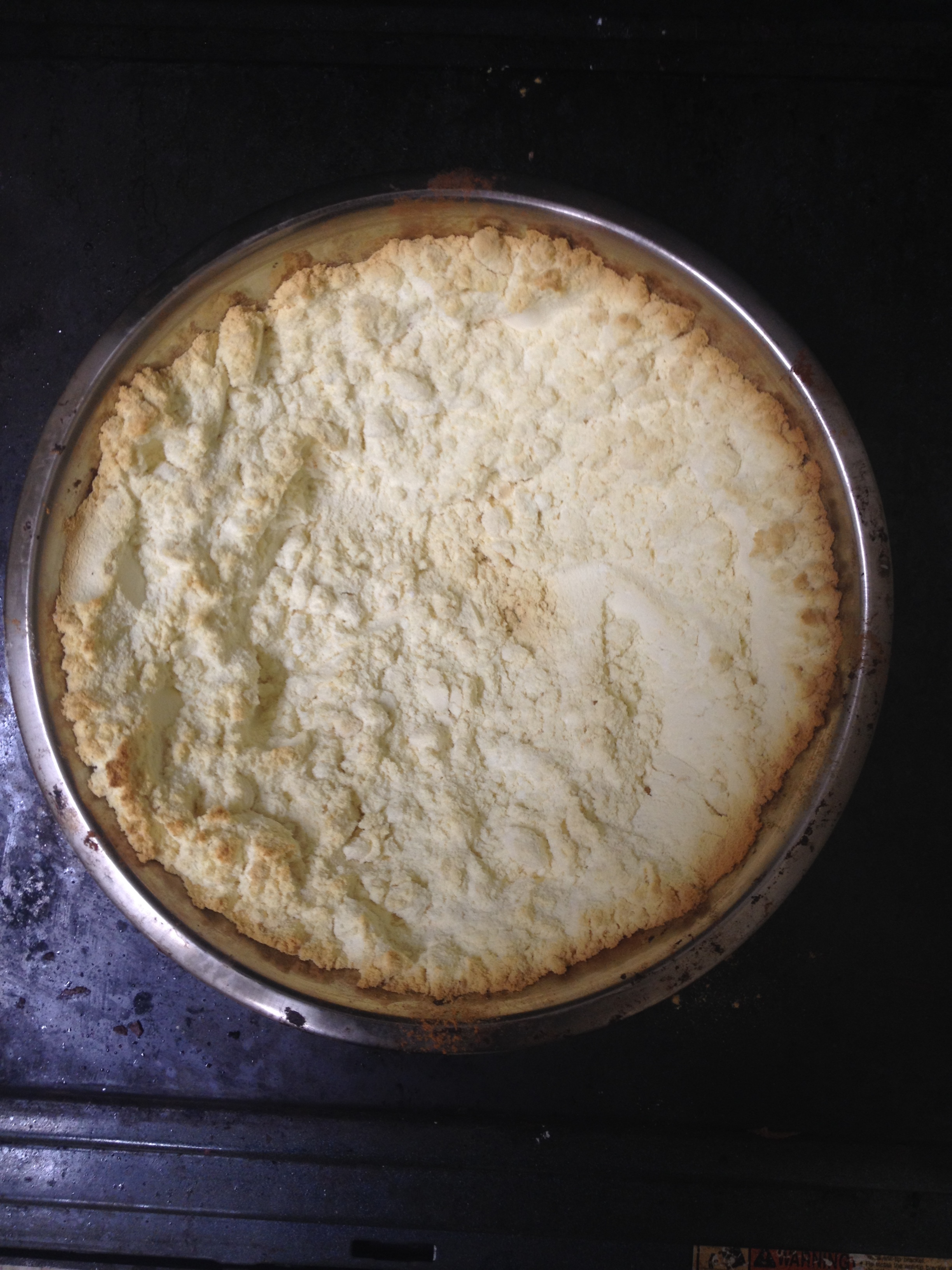

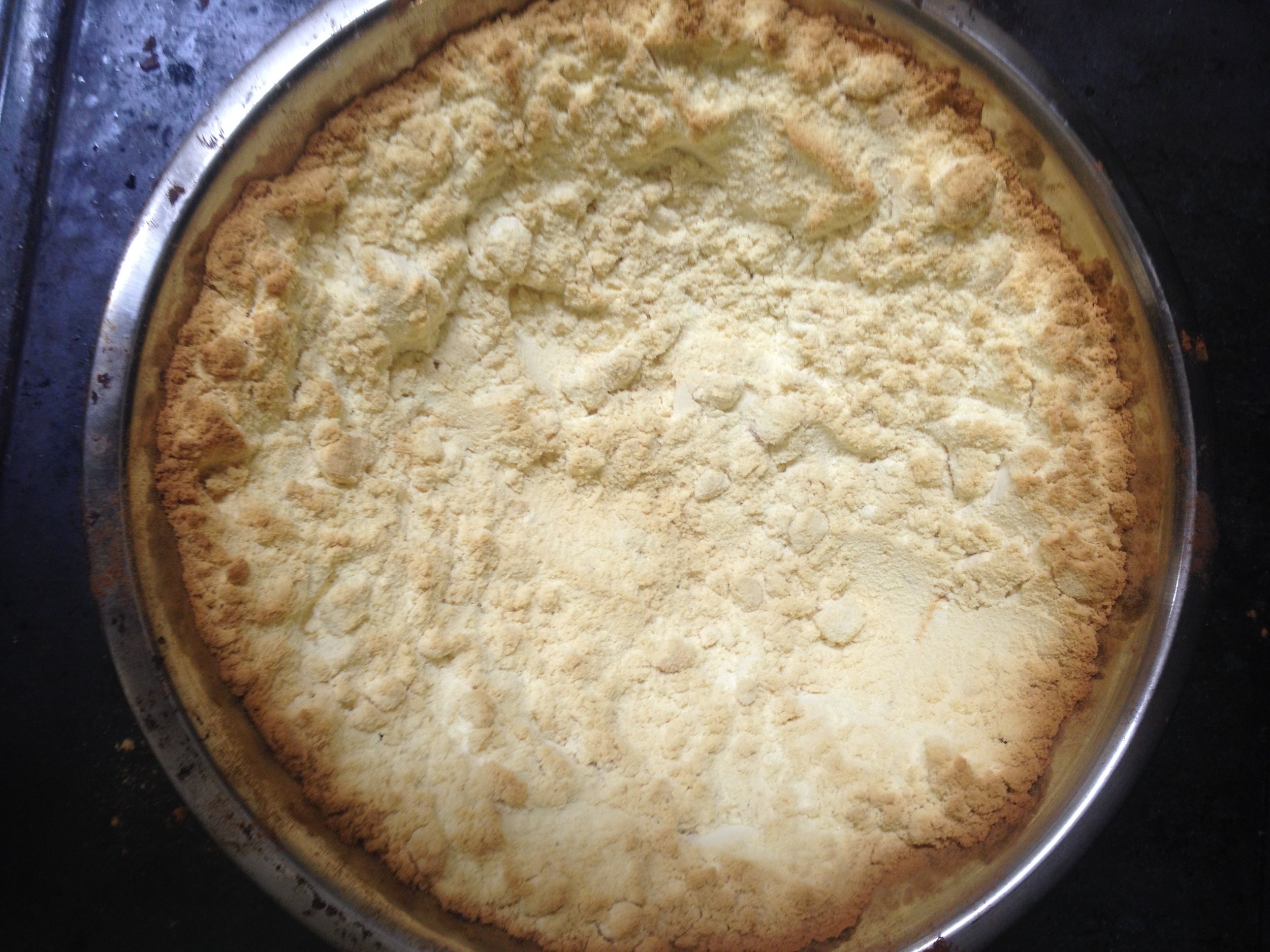
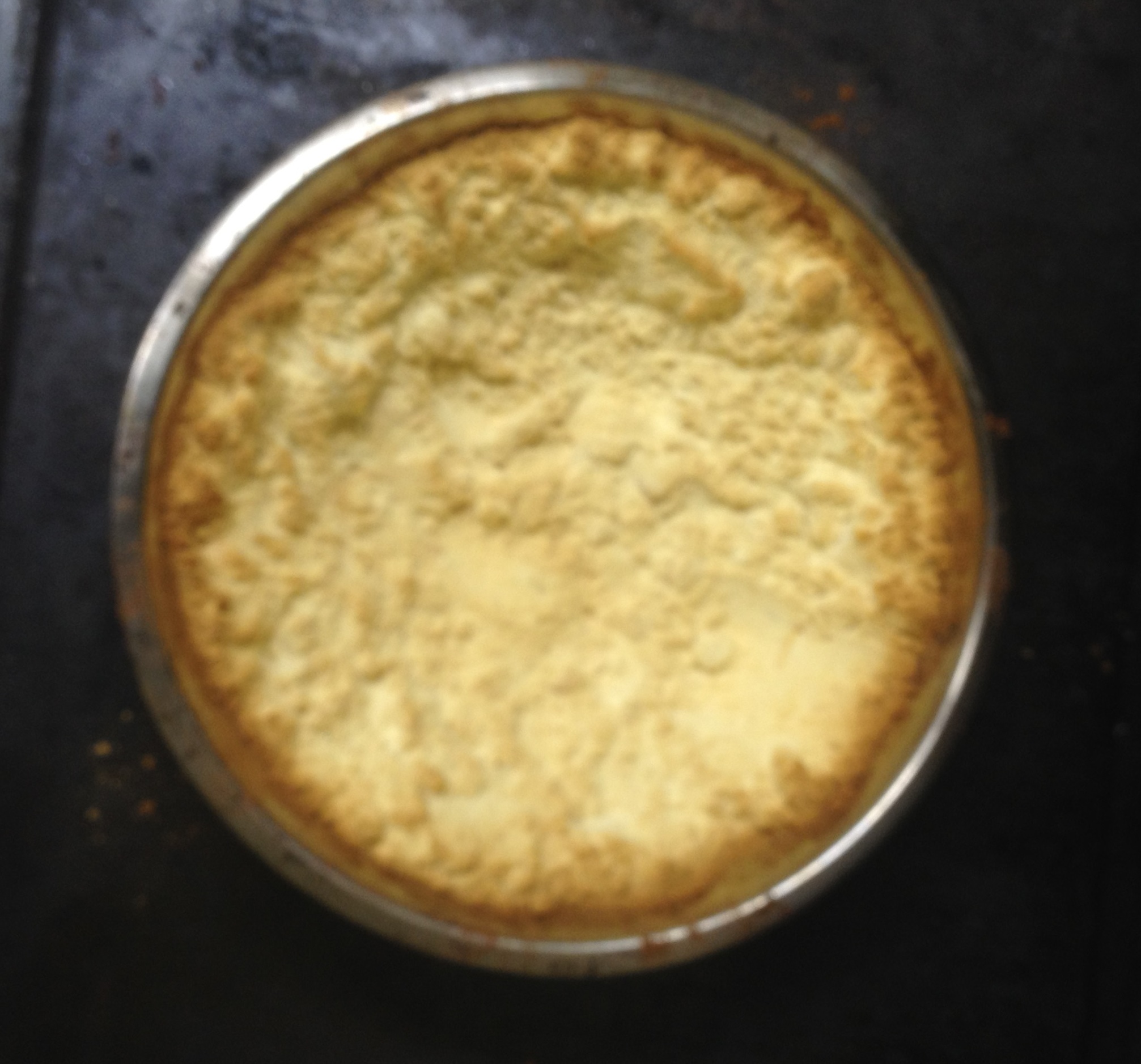
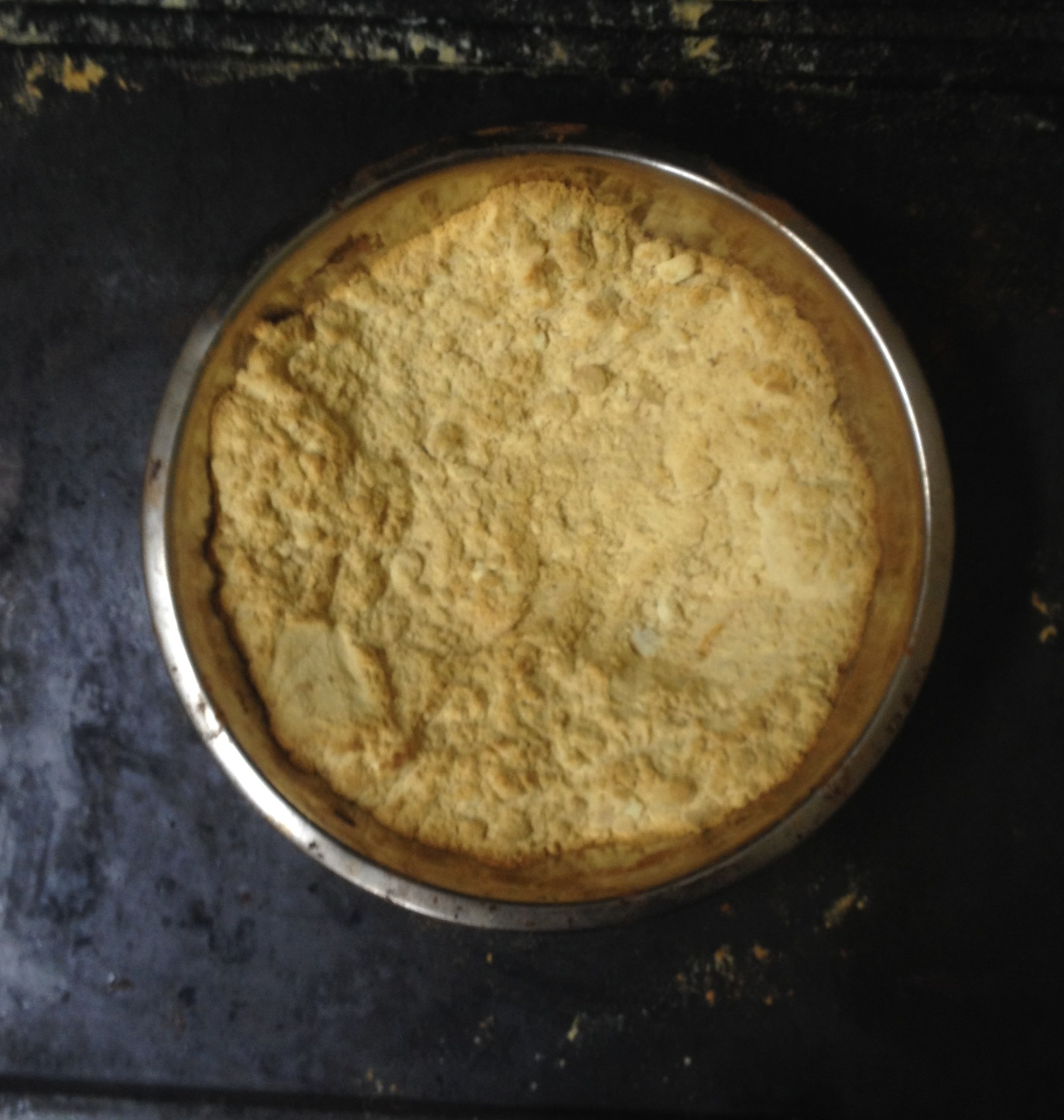
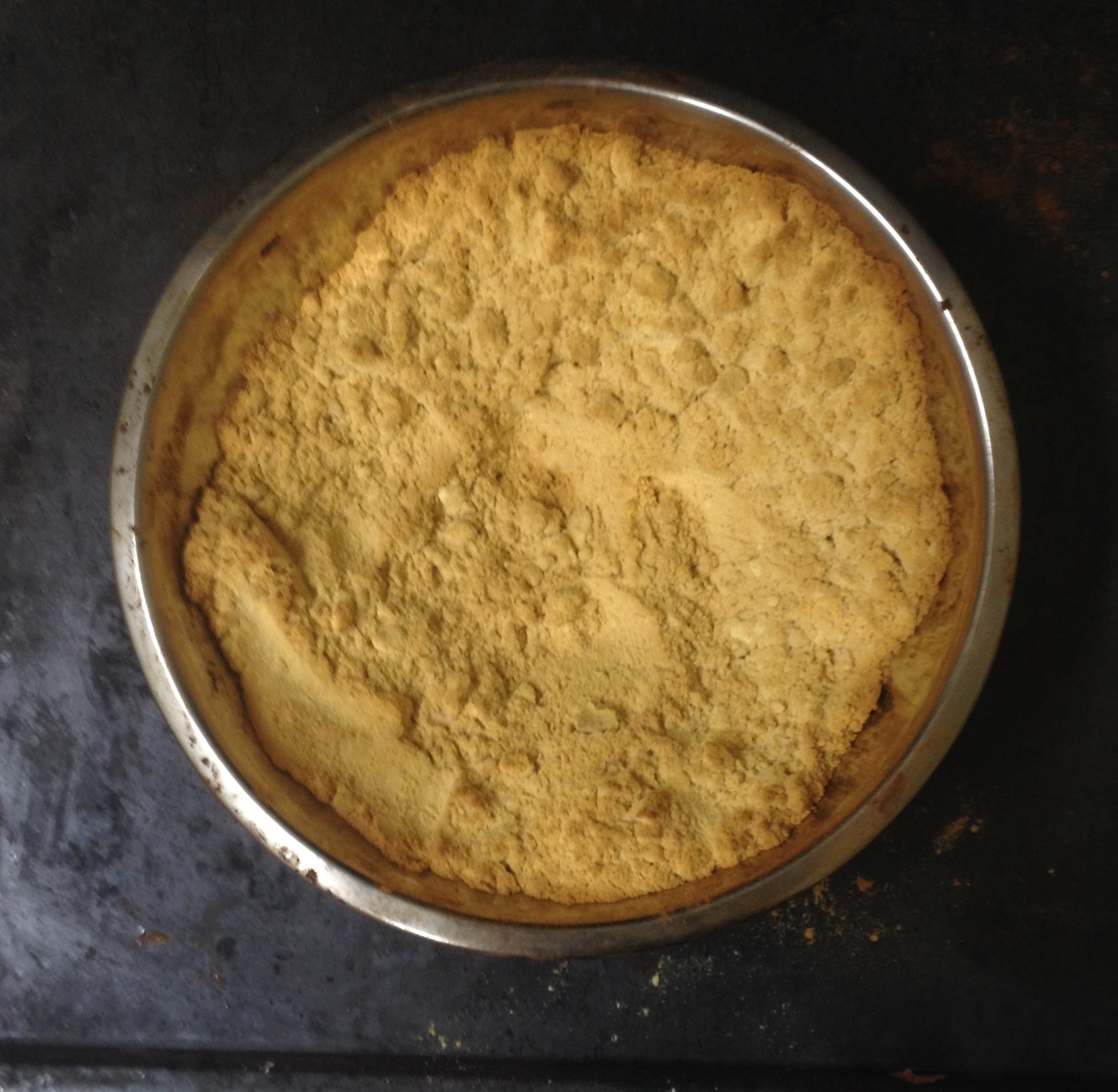
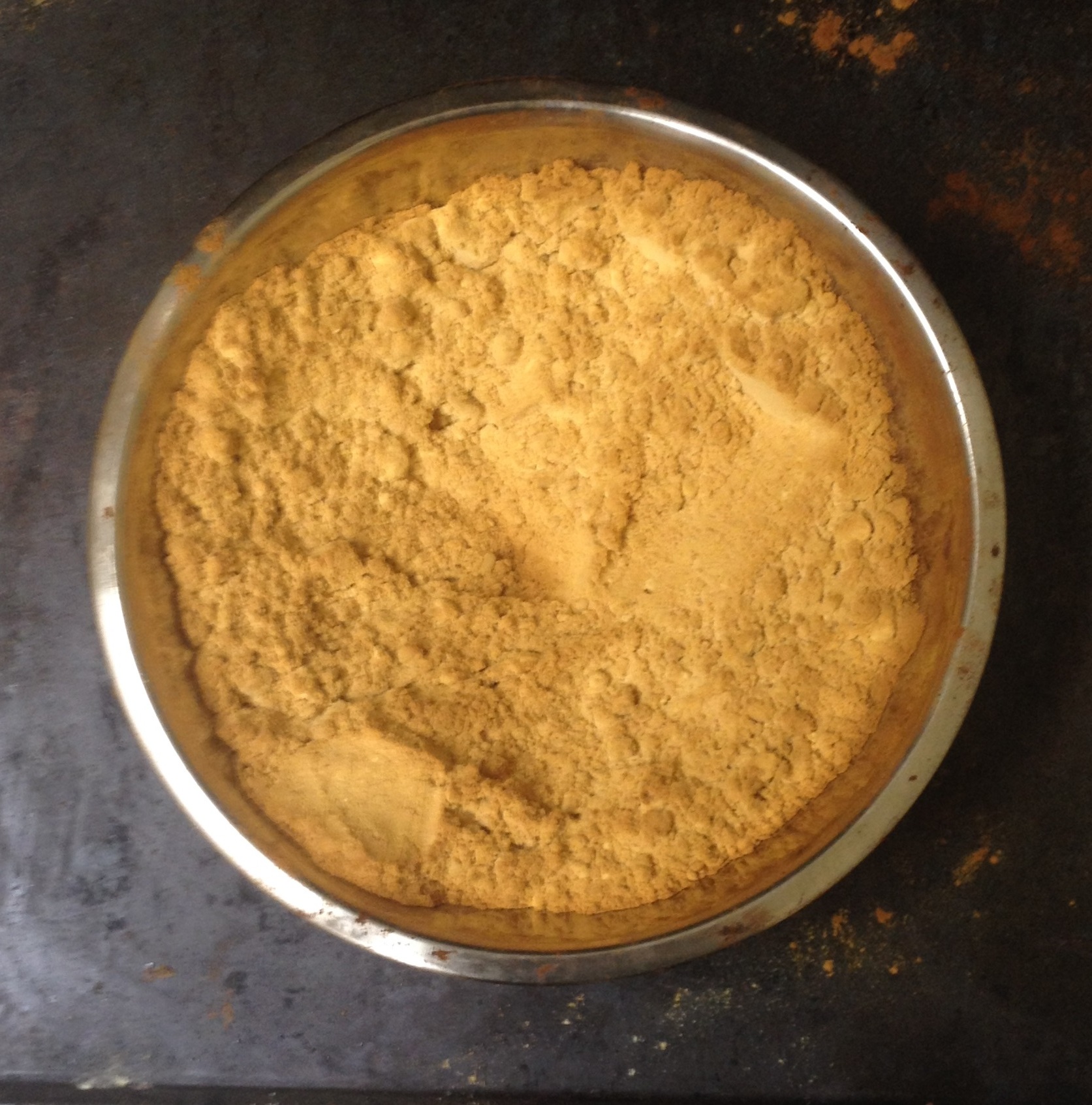
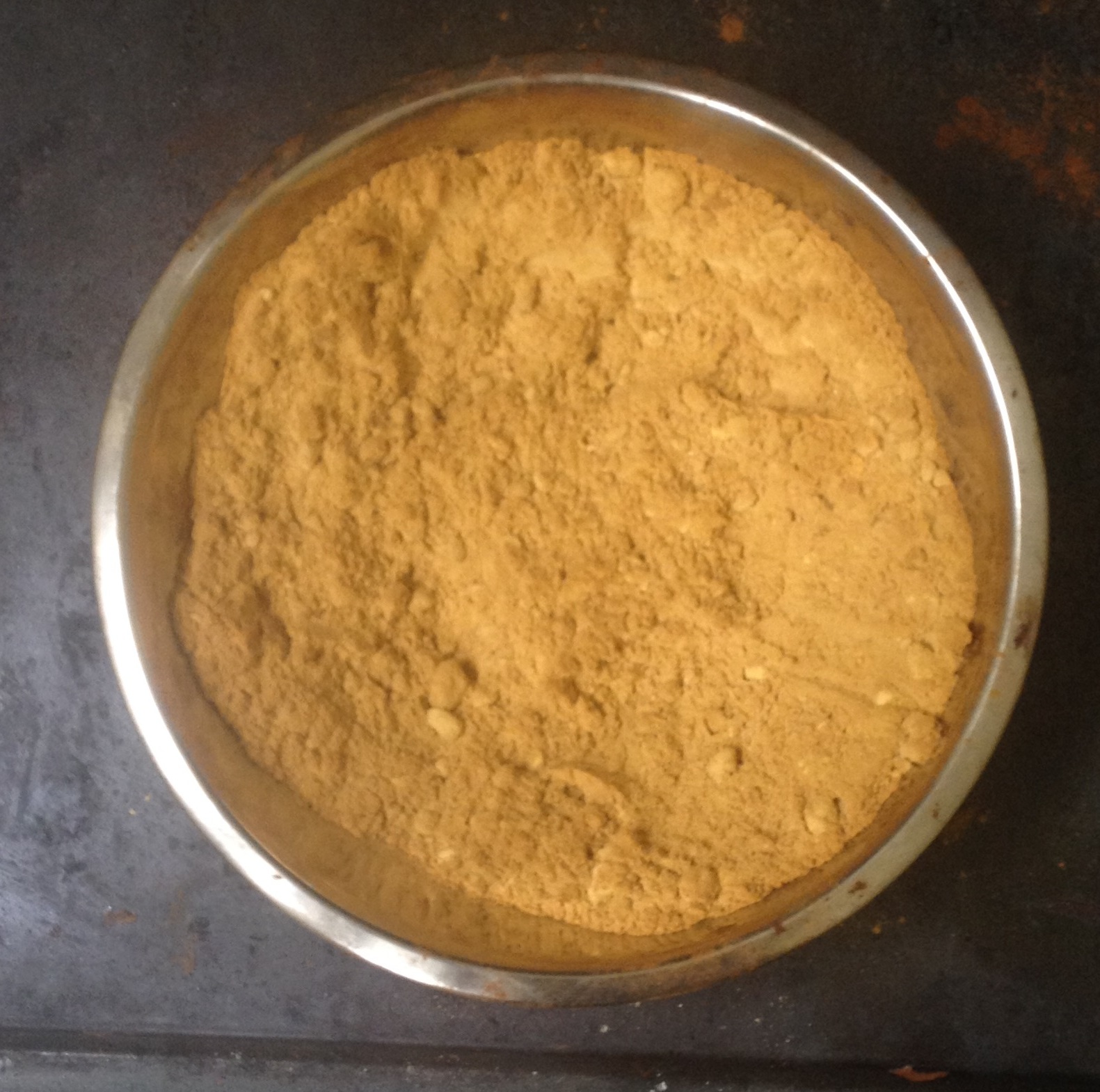

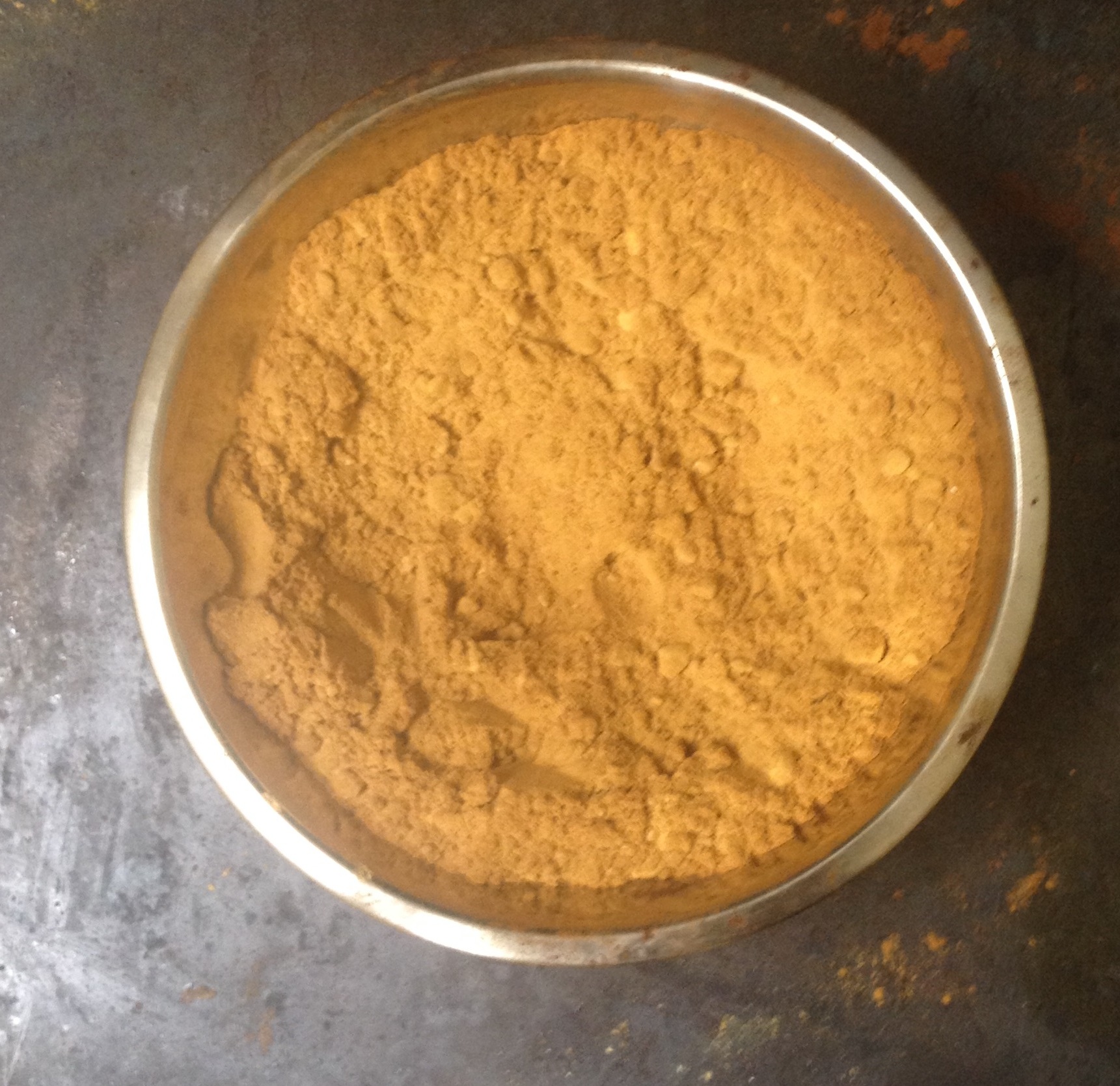

I pre-heated my oven to 275 F and stirred the milk powder every 5 minutes or so until it reached the color level I wanted. It takes about an hour or so . After that, you can add it to any recipe you like, be it white or milk chocolate. I’ve found that this method can give a very bold flavor and you may not want to use 100% browned milk powder in your recipes. I personally liked it, but maybe start 50/50 and go from there. Alternatively, stop when the color is at the 45 minute mark.
To take this up a notch, it is possible to make a true caramelized white chocolate. The key is caramelizing the sugar at the initial ingredient stage. I did it by oven caramelizing sugar. It is a slightly touchy procedure, getting it to color without actually melting it. This time I pre-heated the oven to 350 F (knowing sucrose caramelizes at about 325 F) and watching it closely.
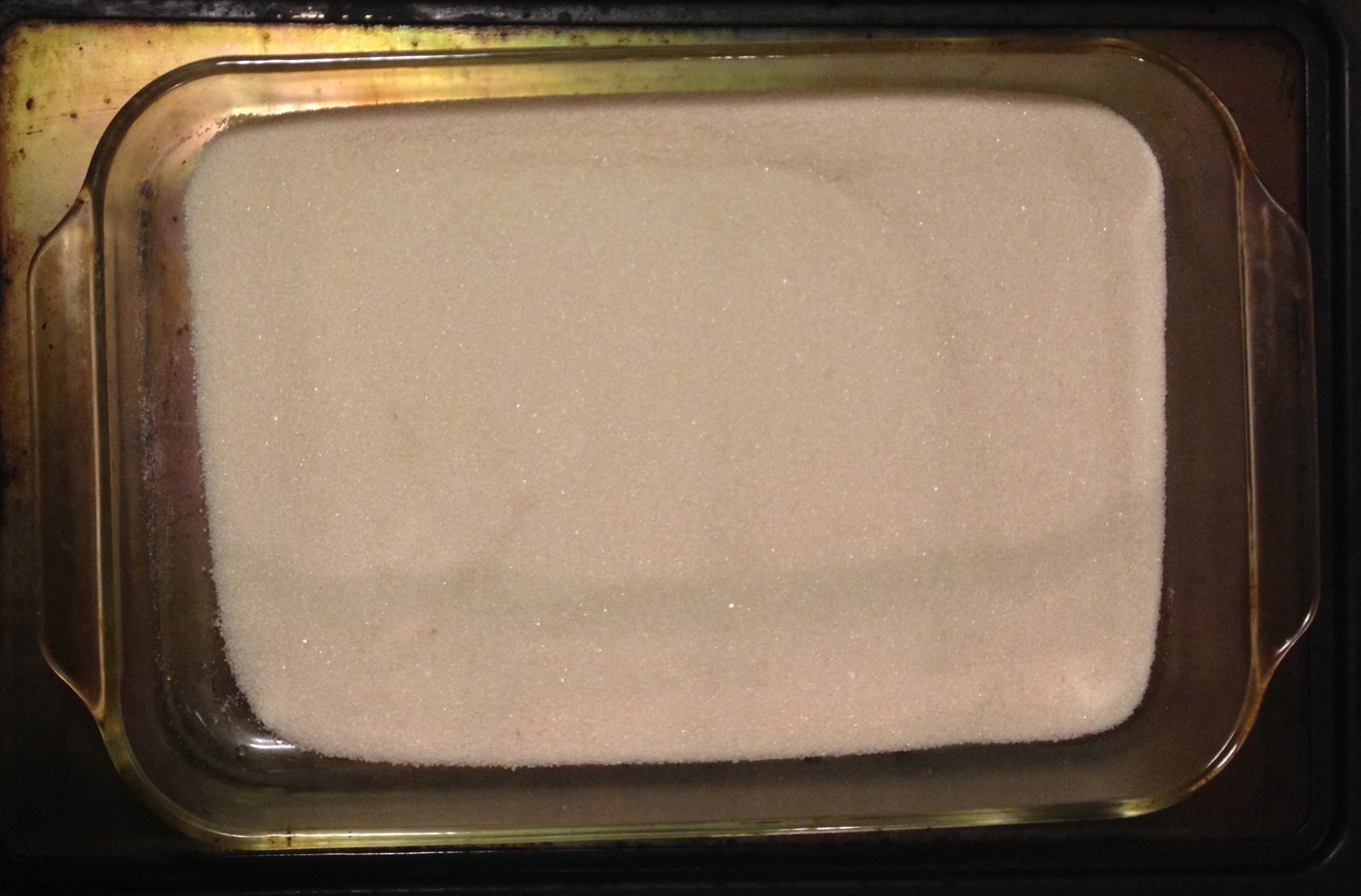
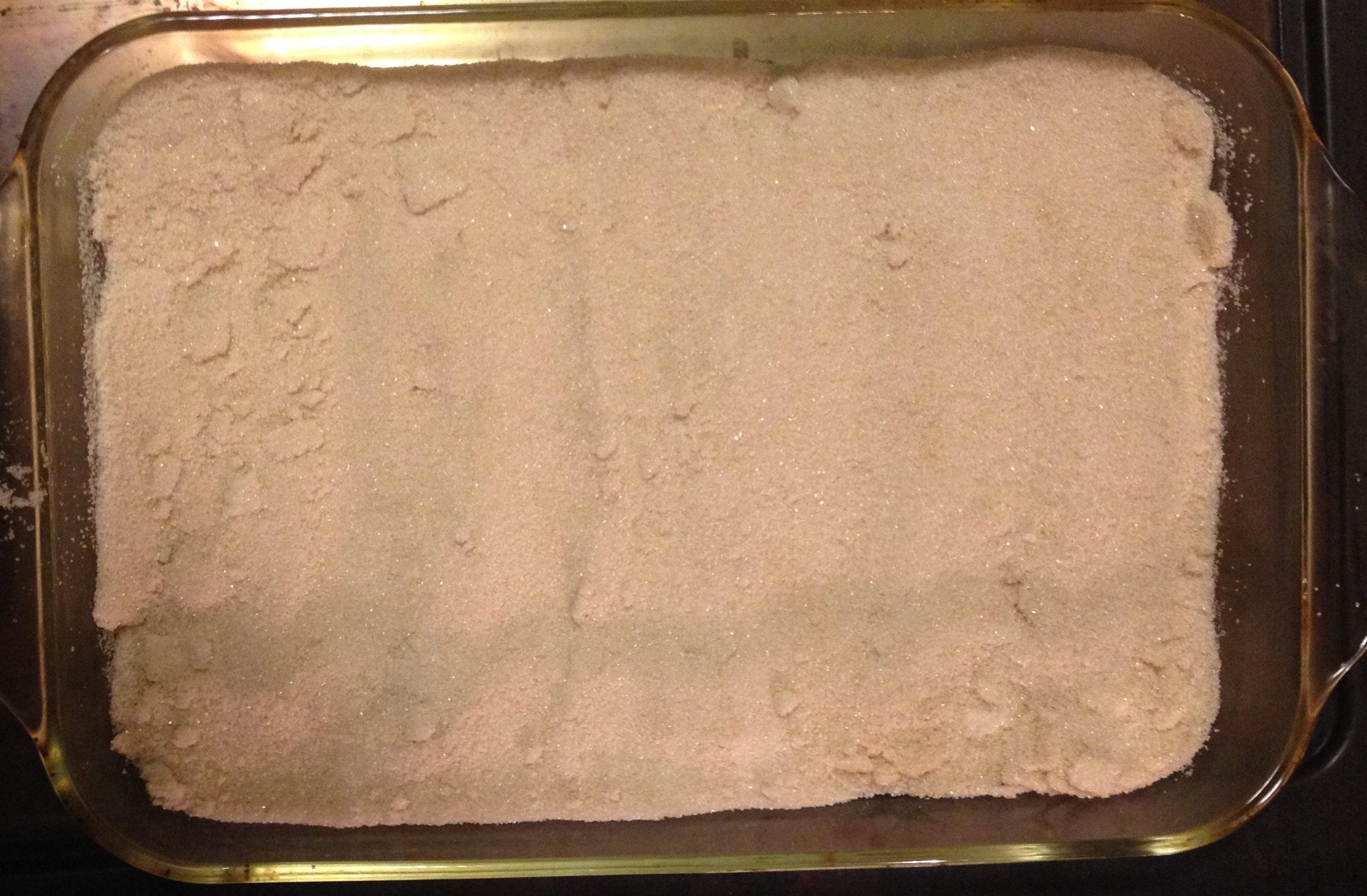
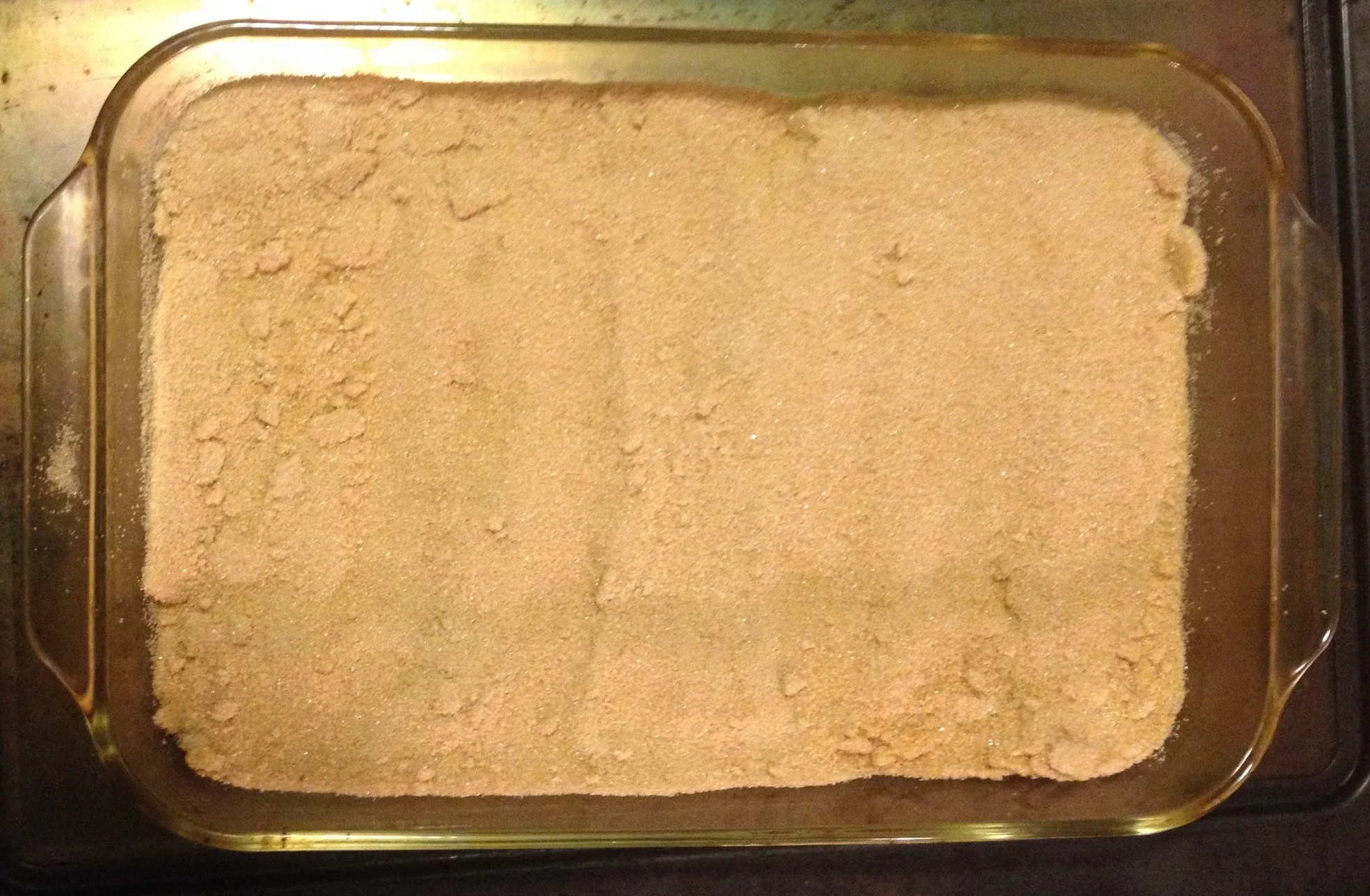
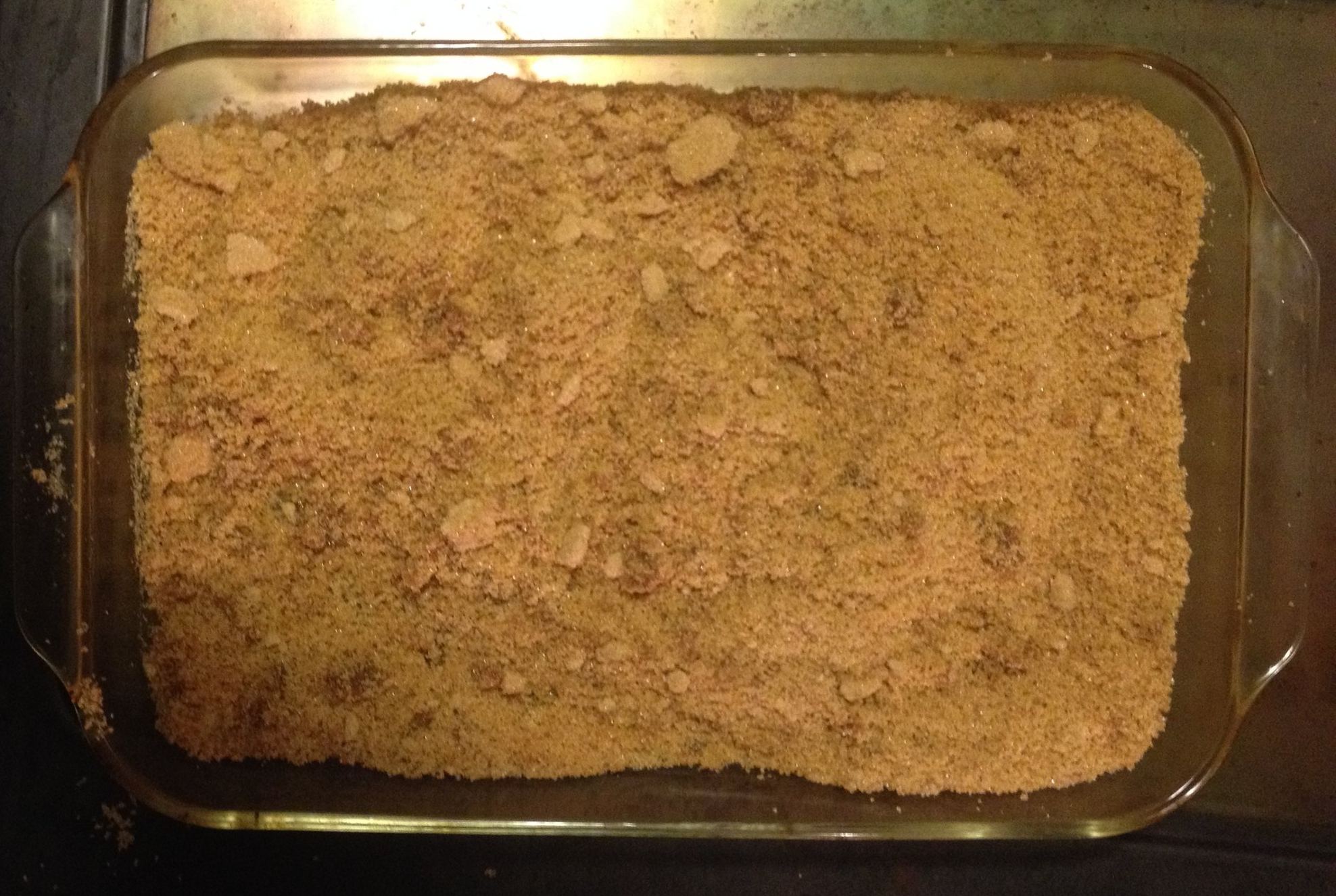
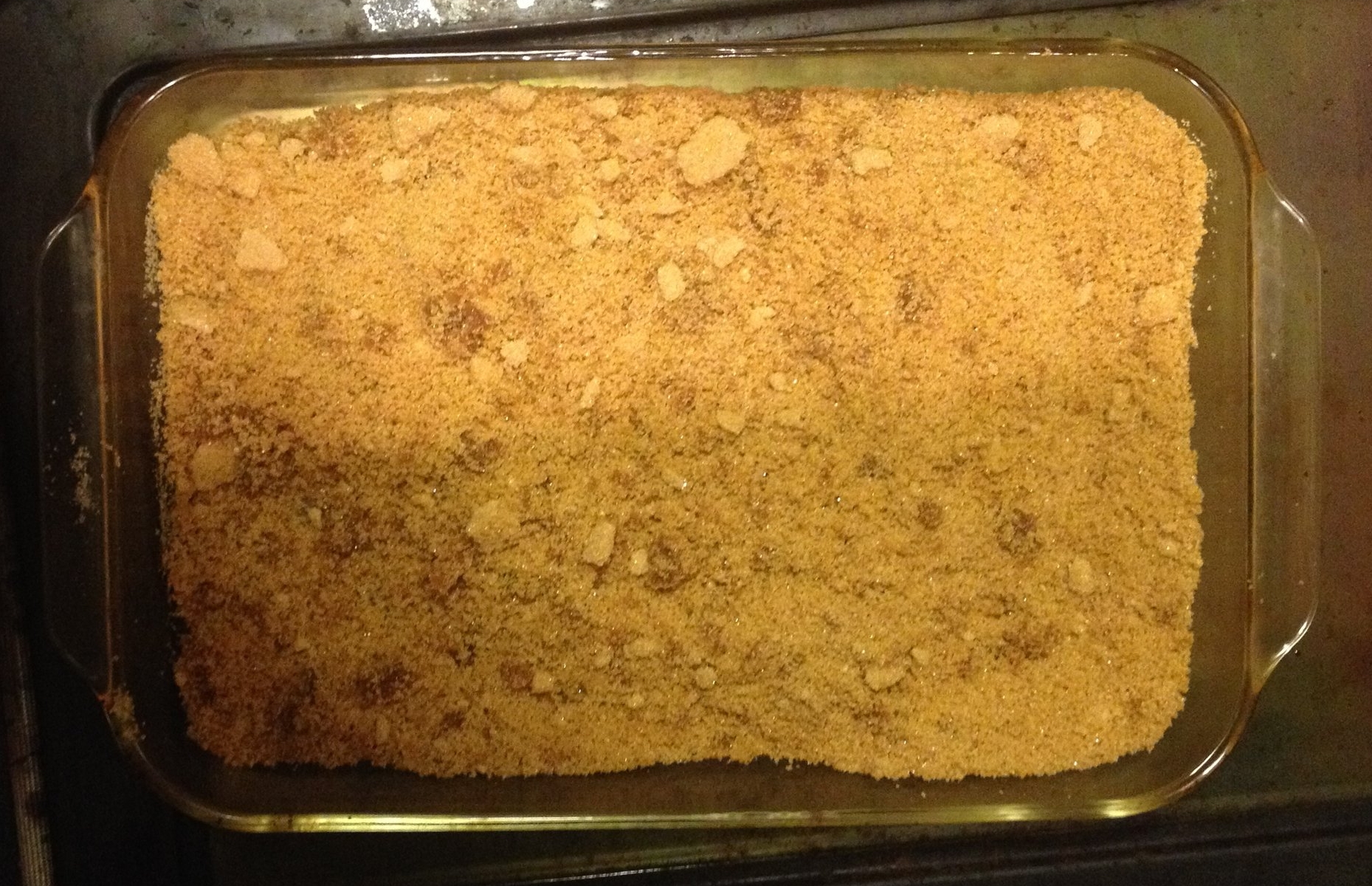

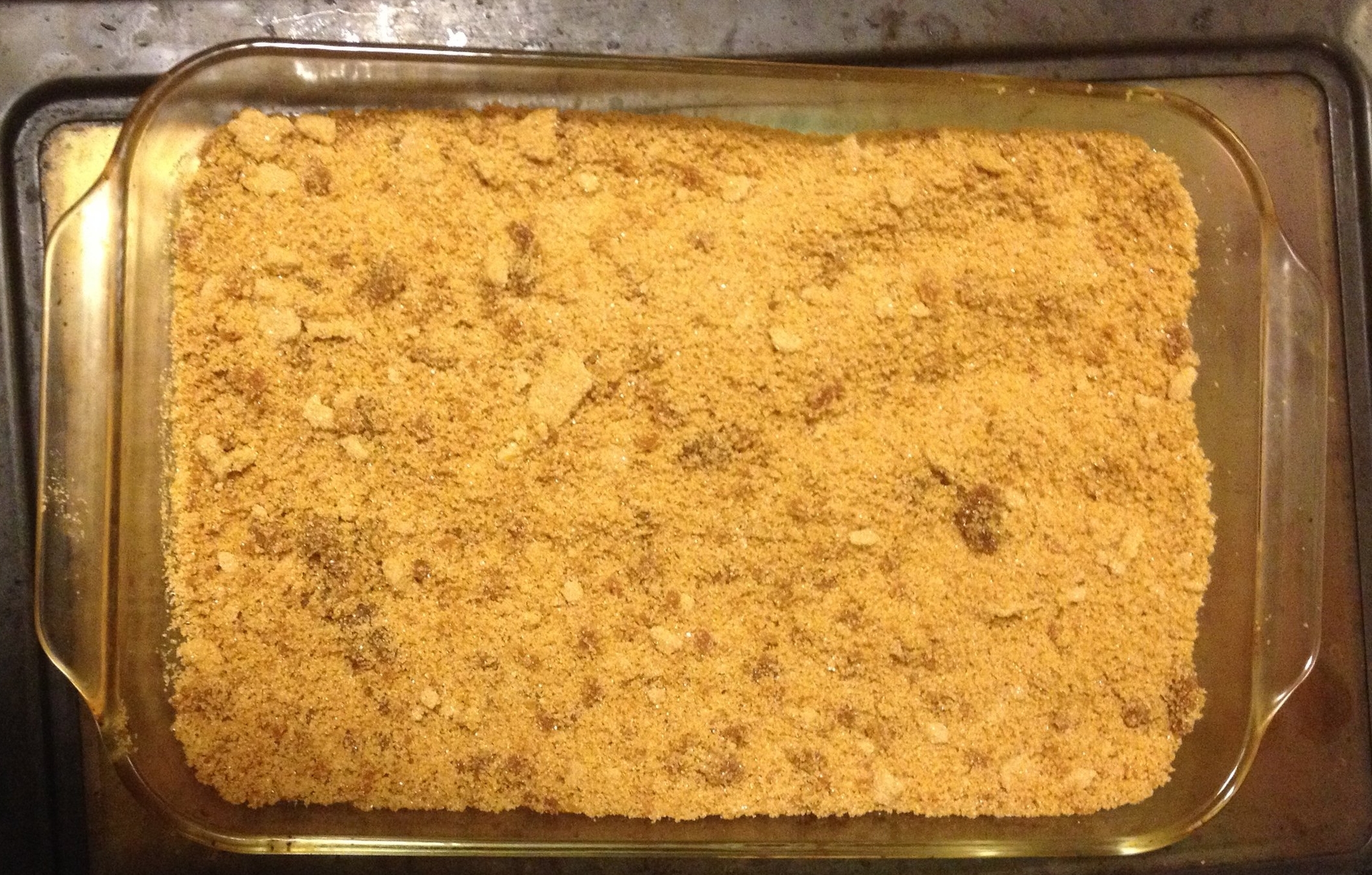
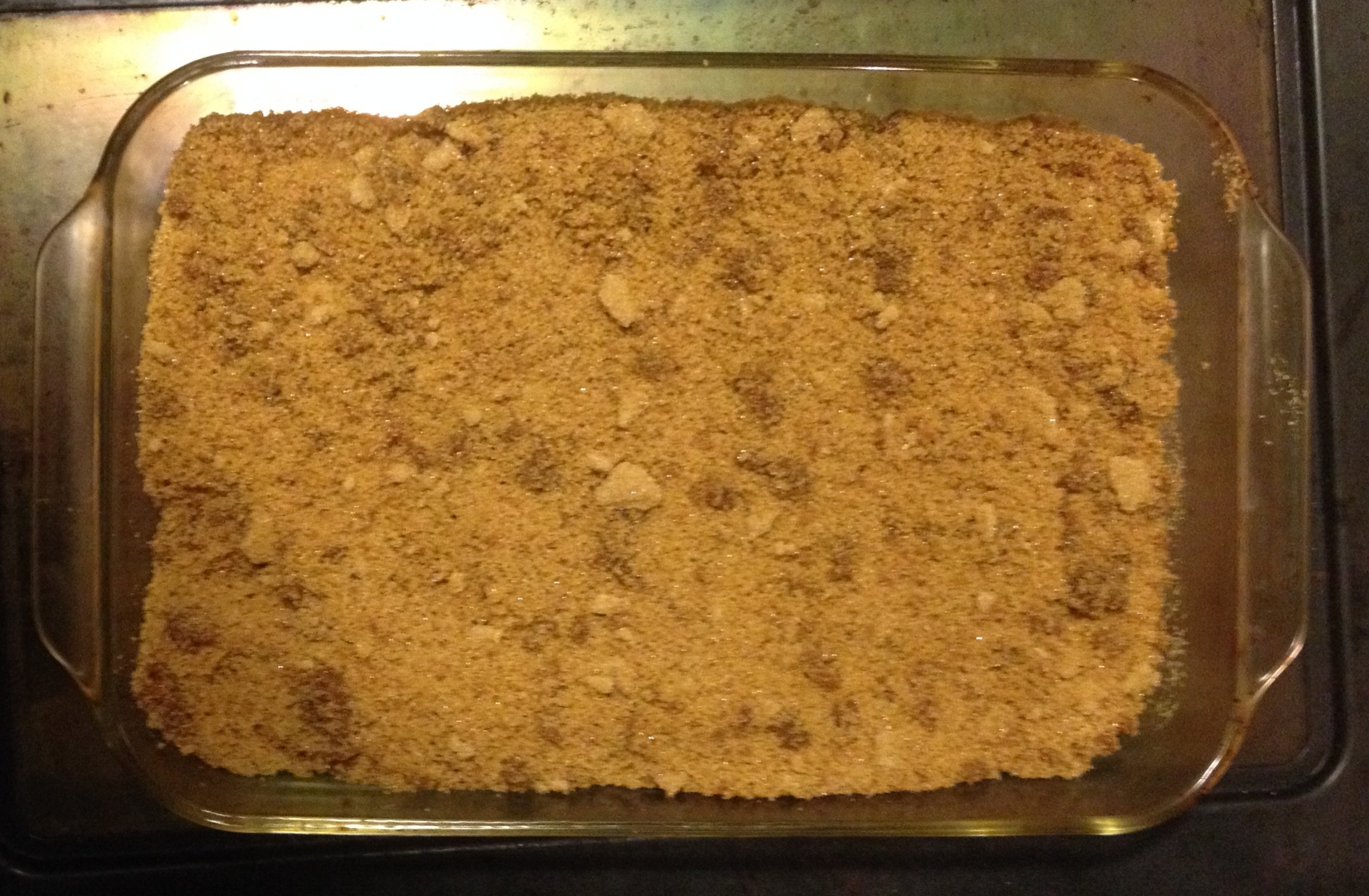
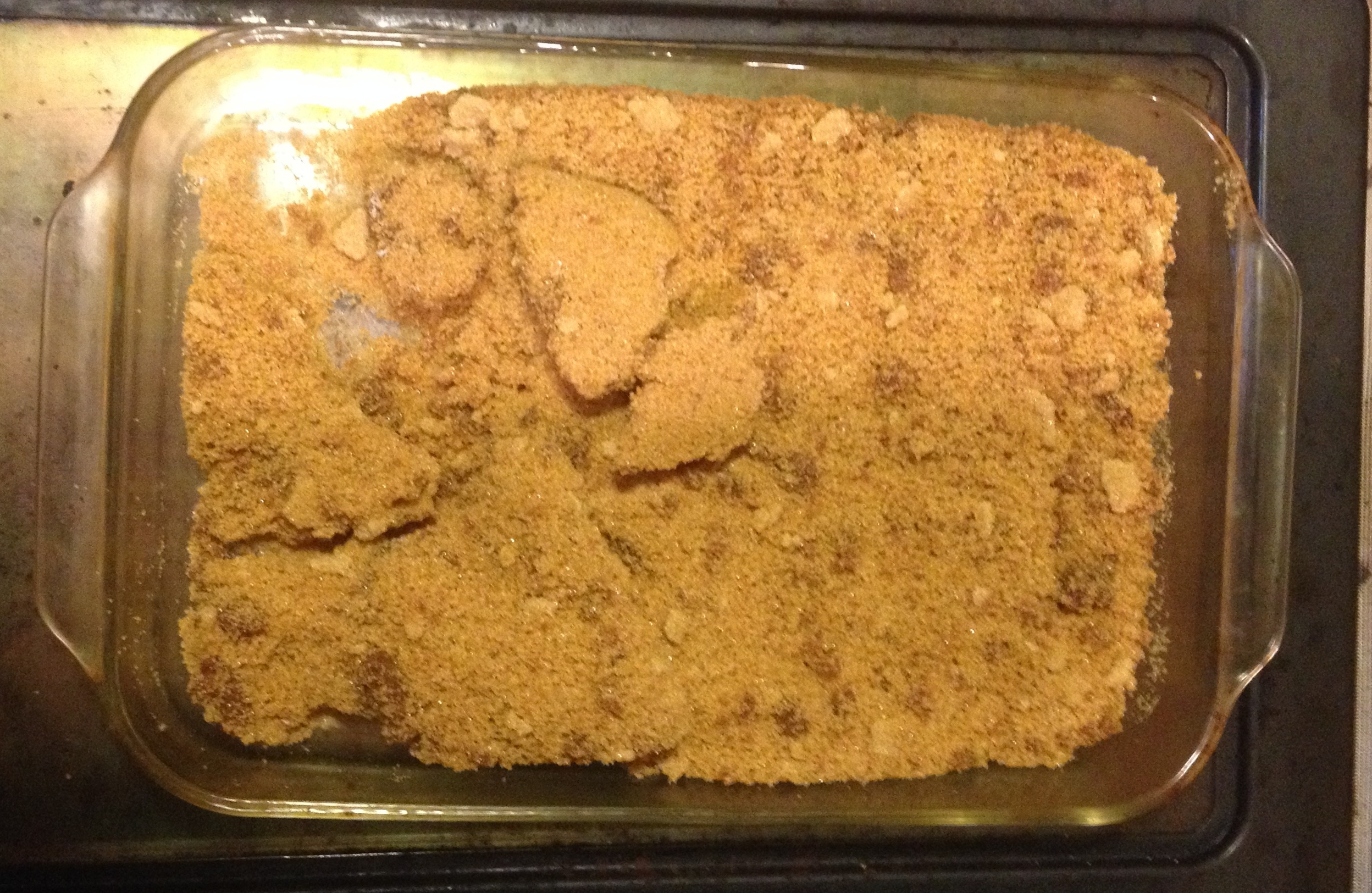
You can see at 60 minutes there are small portions trying to melt and it is clumping at 70 minutes. You can probably take it a little further but caramelized sugar likes to absorb water so you need to be careful since you will be adding it to chocolate. I've tried adding sugar to cocoa butter but it always ended up burning the sugar and butter instead of carmalizing them.
I powdered the sugar so it would not give the melanger any issues. The end result is a bit lighter than you might expect yet has the most marvelous rich aroma.
Since I already had browned milk powder, and browned sugar, I didn't see any reason not to use brown (unfiltered) freshly pressed cocoa butter for really rich Mailard "White" chocolate.
I'm not fully sure what I would call this chocolate. Auburn Chocolate maybe given its color is like no other. It is certainly one that I've found even devote chocolate haters (yes, there are some out there) find really appealing.
Happy chocolate making everyone. I look forward to hearing what you do with these new alchemy arrows in your quiver.
Finally, a heartfelt thank you to everyone with your amazing support for the #YoureNotChocolateAlchemy campaign. I've updated the page with where things stand and if you would be willing to do one more small thing it would be ever so appreciated.




